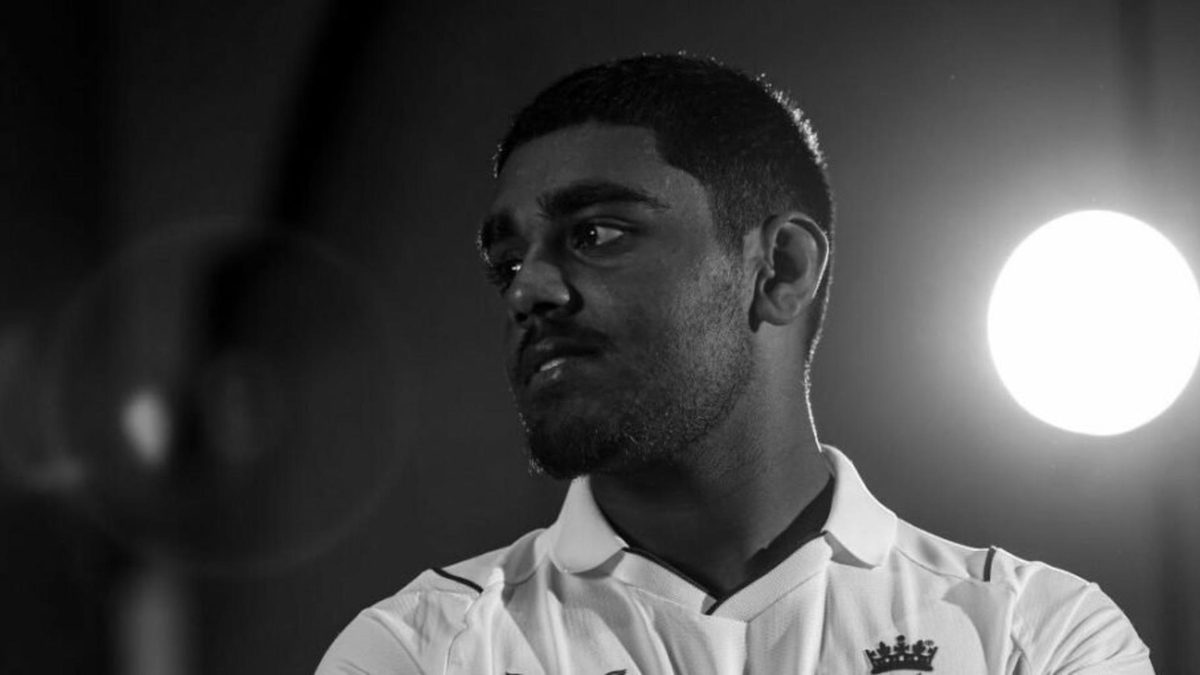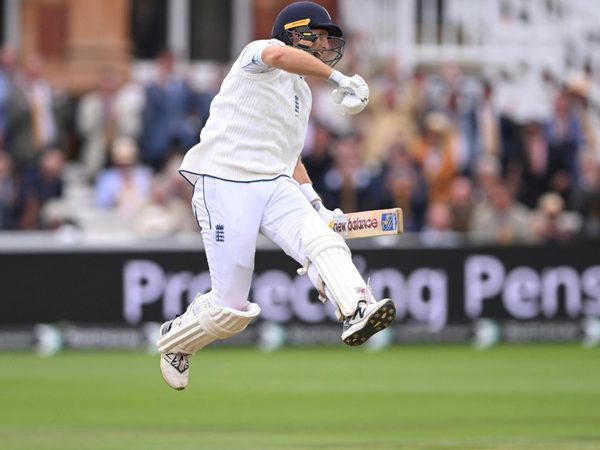
The call-up of Rehan Ahmed to the England Test squad in Pakistan has been met with excitement and intrigue.
It has been a meteoric rise for the youngster, having been noted as a potential talent for a number of years. The XI for tomorrow’s first Test [if it takes place as originally scheduled] has been named, with Ahmed not included. But widespread illness among the squad may demand his selection. And if he were called upon, Ahmed would become England’s youngest men’s Test cricketer at 18 years and 110 days.
On the one hand, it is hard not to be tantalised at the prospect of his selection. On the other, however, there is a note of trepidation to be sounded. English cricket has recently been keen, perhaps overly so, with finding the next bright young thing and hurrying them into the highest levels of international cricket, on occasion doing so too early in the player’s career. We don’t know how Ahmed will react, and it is the England management who will be able to judge best. But it does feel as if this could have been handled differently, and that the teenager could have been further shielded from the spotlight so early on.
While not included in the initial 15-man squad announcement, Rob Key has now revealed that “the plan for Rehan was that we always looked to bring him into the squad”, with the intention of doing it this way to lessen the glare. Key referred to it as a “soft launch”, as if he is the latest product being released by a Silicon Valley giant. It feels as if the opposite has been the case though. Had he been picked in that first group, his selection would have been one of several points of interest in a squad which includes two other uncapped spinners/bashers, and two openers returning from time in non-selection wilderness. This way, Ahmed is the story.
It had been thought that the 18-year-old may be in Pakistan purely as a net bowler to gain some experience and involvement in the England Test set-up. This would make some sense. Pakistan’s inclusion of leg spinners Zahid Mahmood and Abrar Ahmed – the latter of whom also possesses a deceptive googly – will have the England batters wanting to prepare against a similar bowler. Ahmed certainly fits the bill. He bowls above average pace for a leg spinner, and possesses a wicked wrong’un that batters struggled to pick across all formats for Leicestershire and Southern Brave this season.
In a way, it is a relief of sorts therefore that Key said Ahmed would indeed be considered for selection. The idea that an 18-year-old could receive a call-up solely to gain an introduction and insight into the England Test set-up doesn’t sit well. This is Test cricket, the supposed pinnacle of the game. It is not work experience. And he might play on merit. Everything that has been said of him is true. He’s a seriously good prospect – a player who has the potential to make hundreds of appearances for England across all three formats as a true all-rounder. In a relatively slim 16-man squad in a three Test series, there’s actually a decent chance he will play at some point.
A new fear then arises that England may be forced to select a Frankenstein’s monster-style XI, sewing together a team based solely on the players available. Ollie Pope wicketkeeping for England in New Zealand, despite having only kept in five previous first-class games, comes to mind.
As for now though, there are two players in the squad in Will Jacks and Liam Livingstone with significantly more experience than Ahmed, who also bat right-handed and bowl spin. As a bowler who bats well, rather than these two who bat first and foremost and can hold up an end with the ball, Ahmed might stand out as a better wicket-taking option. Come the third Test, perhaps after a few high-scoring draws, England might fancy a wildcard option to break the game open.
Is this concern over nothing? Perhaps. But it’s worth noting that Key himself has admitted that he believes Rehan Ahmed is potentially “five years off being the finished product”. And in fact, there is no reason to believe it might not be longer. In five years, Ahmed will be 23. Cricketers don’t progress linearly, and leg-spinners even less so. It could be a decade or more until he has fully mastered the craft. But now as the official ‘Next Big Thing’, and as an England Test squad member, Ahmed’s performances wherever he plays will be more scrutinised. That’s how these things work. When people look up cricket scores next summer, rather than being celebrated for his successes, it is now his failures which will be brought up most. Expectations will be high forevermore in his career, and to have that so early in his professional life could be to his detriment.
It’s hard not to wonder if this is ‘shiny toy’ syndrome in action. England’s track record of identifying the right players young is sketchy. Haseeb Hameed and Dom Bess stand out as players picked young and worse off for it. Zak Crawley, Sam Curran and the aforementioned Pope have all, to some extent, made it through the grind. But whether that is because of their early backing, or their talent, it is hard to say. All have been dropped at some point, and after several tries, patience can be lost. A player can be at their best in their late 20s, and yet be at their last chance. A leg-spinner like Ahmed, Mason Crane made his lone Test appearance in the final Test of the 2017/18 Ashes series as a 20-year-old, judged as the potential solution to England’s spin problems. Five years on and he only played three first-class matches this past domestic season; two of which came on loan at Sussex from Hampshire. Crane may well return to the England side in due time, but it stands out as a premature selection.
Ahmed has all the talent to justify the current levels of excitement, and it may be that this is a punt that gets proven correct in the next few weeks, months or years. Key, McCullum and Stokes have made plenty of big calls, and they have been uniformly vindicated. But it is worth acknowledging the risks, because risks are what they are.








